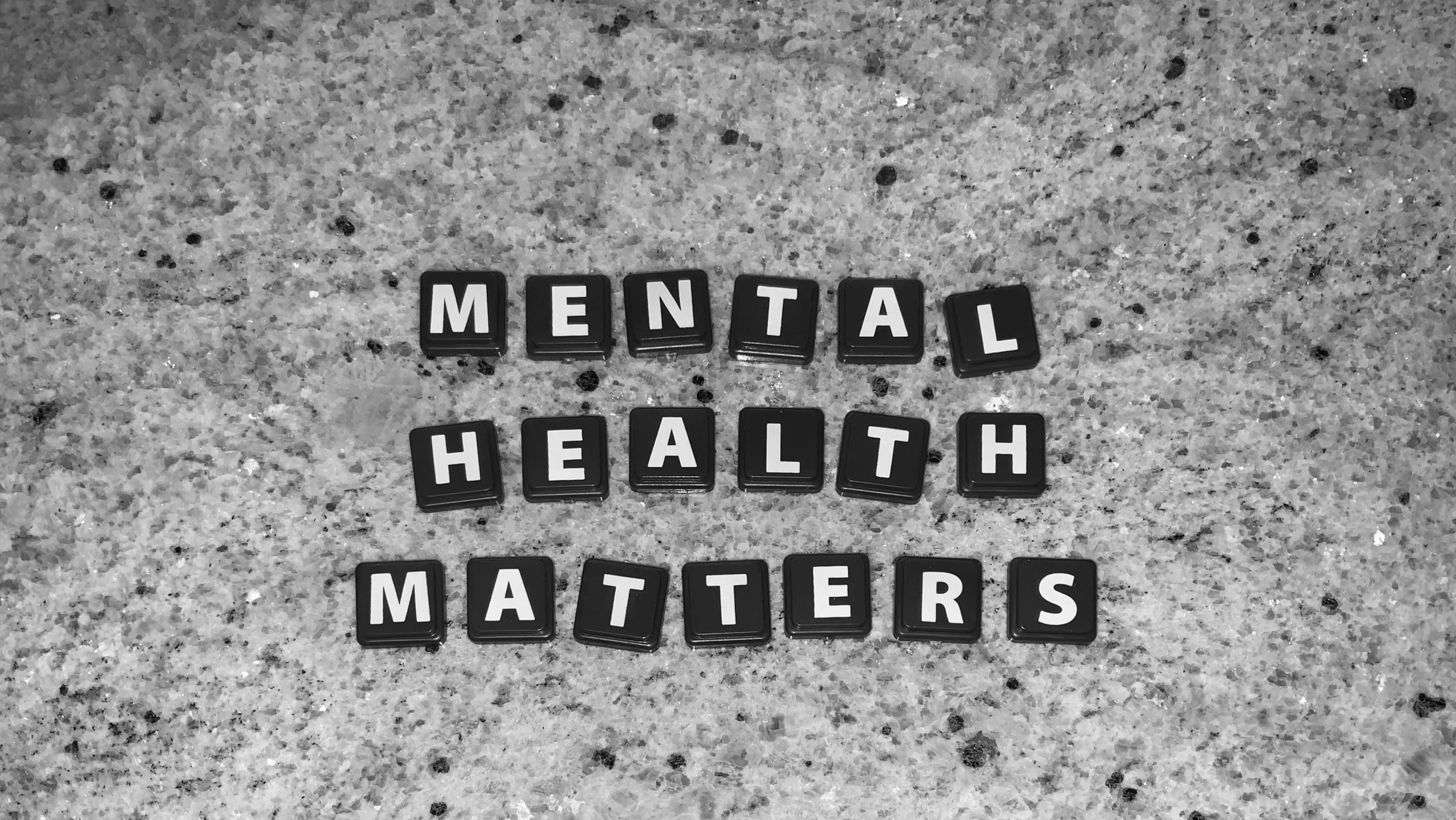There’s no greater resolution than better mental health.
By the end of January, more than half of all New Year’s resolutions will have been abandoned. And people who didn’t make any resolutions in the first days of the year may decide it’s too late for a fresh start, once January is over.
But it’s never too late for a fresh start. One proven approach for making, and sticking to, resolutions is to start small and easy.
Fortunately, for all of us, incremental changes can have a big impact on mental wellbeing, and small adjustments are more likely to become regular healthy habits. Here are three ideas to get you on a lasting path to a calmer, more peaceful state of mind.
Take a minute.
Daily yoga and exercise are terrific, but when those activities are new making time for them is a big commitment. Instead, how about starting really small, with just 60 seconds of breathing, two or three times during the day. Set a one-minute timer, and just breath deeply. One minute of deep breathing has been shown to reduce heart rate and blood pressure, as well as regulating emotional state. If you’re in a crowded workspace or home environment, a great place to take these one-minute time-outs is – yes, seriously – the restroom.
Focus on just one change.
If, for example, “eating better” is a resolution you’ve struggled with, then focus on just one small, tangible part of that often-overwhelming goal, like “no snacks after dinner,” or maybe even swapping just one beverage a day for a glass of water instead. Small, incremental changes that become habitual can also lead to making other, similar changes that all add up over time to something big, before you even realize it.
Practice using “I feel” statements.
Something as simple as talking openly about feelings can go further than anyone might think. Simply talking about mental health, mood, coping skills and how external events are impacting feelings makes feelings part of the natural conversation. But it can take some practice, for anyone not accustomed to talking about feelings, to put emotions into words. One way to get started is by using “I feel…” statements when things are going well. “I feel happy that the weather is nice today,” or “I feel good this morning because I had a good night’s sleep.” Taking the practice to heart, though, also means using words for the full range of feelings – anger, sadness, loneliness, disappointment, and so on. Putting words to internal feelings, and making those feelings part of the conversation with other people, helps strengthen relationships that support mental wellbeing, for everyone.
There is hardly a better resolution each of us can make this year than to continually grow, seek healing, and make space for the things and conversations that matter. Doing this not only helps to paint a brighter landscape for everyone, but it can even save lives.

Self-help techniques like the ones in this article are great, but they aren’t a substitute for clinical treatment. If dealing with life is a daily struggle, talking to a licensed therapist can help.
Jennifer Balink is the executive director of Kindred Place, a Memphis-based counseling center focused on healthy family relationships.

